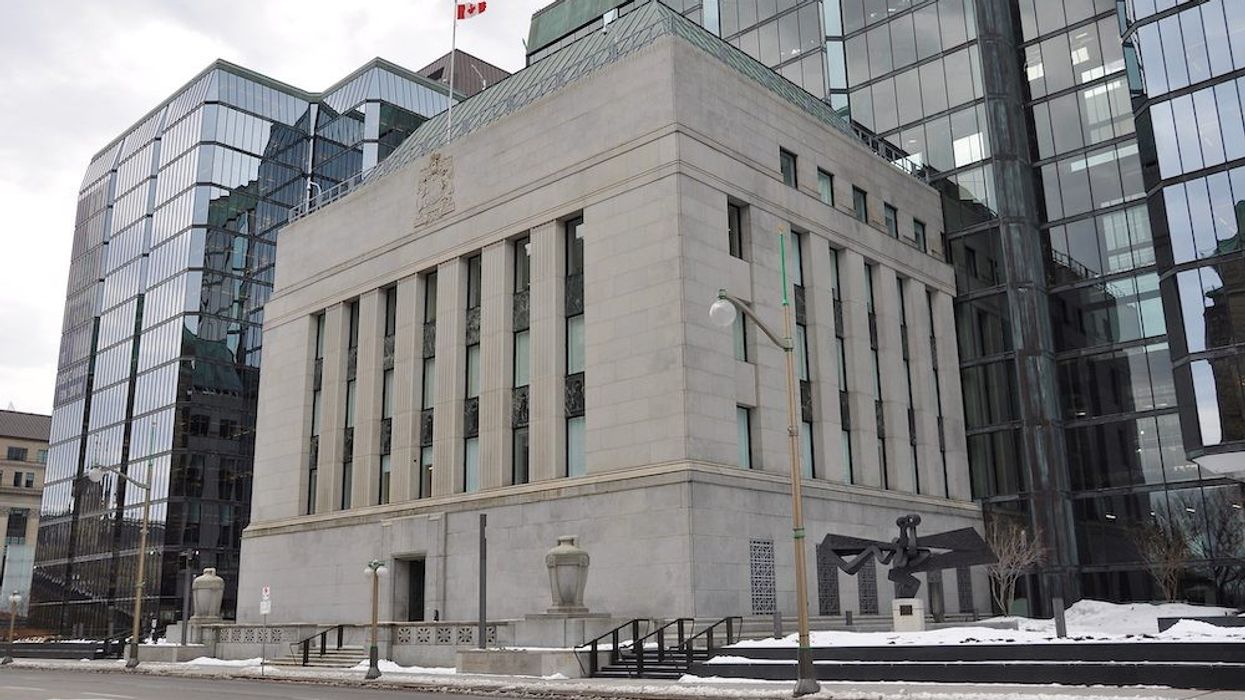With the cost of borrowing now steadily on the rise, and as 31-year-high inflation takes a bite out of purchasing power, mortgage demand has been on the decline.
According to Sung Lee, RATESDOTCA expert and licensed mortgage agent, the rate comparison site has noted a “slight dip” in mortgage inquiries following the Bank of Canada’s first 0.25% March hike, which has since been reflected in softer real estate activity; the Canadian Real Estate Association reported home sales fell 25.7% annually in April, down 12.6% from March alone.
In addition to the steeper variable rates resulting from the BoC’s hiking mandate, fixed mortgage rates have also been on the rise, with big-bank five-year fixed offerings now in the 4.5% range. That means borrowers are being stress tested at a higher rate than ever before, says Sung, causing some to look to other options in order to preserve their affordability.
READ: Canadians Want BoC to Hold on Hikes as Economic Sentiment Plunges
“Rising rates are pushing many would-be homeowners to qualify higher than the current qualifying rate of 5.25%, causing them to either hold off on purchasing or turn to alternative methods to raise the amount of mortgage they can afford, such as credit unions or private lenders,” he said.
The One-Two Debt Punch
While higher interest rates will whittle affordability for all prospective homebuyers, there are some borrower groups who stand to feel the brunt more than others.
According to analysis by RATESDOTCA, it’s the homeowners who purchased within the last two years with a variable-rate mortgage and who may have potentially tapped into a home equity loan -- such as a HELOC -- that are feeling the heat. And they’ll find themselves in good company, as many borrowers have leaned on their home’s equity within the last couple of years: combined mortgages and HELOC products (CLPs) grew to $710.3B at the end of 2021, representing 41% of total real estate secured lending. In fact, Canadians took out $2B in HELOC debt in February alone -- the product’s growing popularity and risk profile has since prompted OSFI, Canada’s banking regulator, to review the underwriting and regulations for HELOCs and CLPs this spring.
“Homeowners who stretched to purchase a home with a variable rate mortgage and dipped into the equity of the home with a HELOC or CLP could find that the combination of a higher interest rate on both the mortgage and the HELOC is cutting into their ability to pay off debt,” says Lee. “As rates move upward, these homeowners in particular will need to re-evaluate their budgets and spending to accommodate the increases.”
Lee’s calculations illustrate how much multiple debt sources can compound: a household with a variable mortgage rate of 1.9% -- currently the lowest preferred rate offered by a monolender -- on a $500,000 mortgage will pay $2,093 monthly. If they also carry a HELOC at $65,000 at 3.7% interest, their interest-only payments would be $200 per month, resulting in a total payment of $2,293.
Factoring in a 50-basis-point increase, however, which is widely expected to be implemented by the Bank of Canada in their next announcement on June 1, that same household would see their monthly mortgage payment rise by $122, while their HELOC would increase by $28, for a total debt servicing cost of $2,443 -- up $150 per month.
That will translate to an increase of $303 per month, once the BoC factors in another 100 basis points in hikes, bringing its rate to a neutral range of 2%.





















